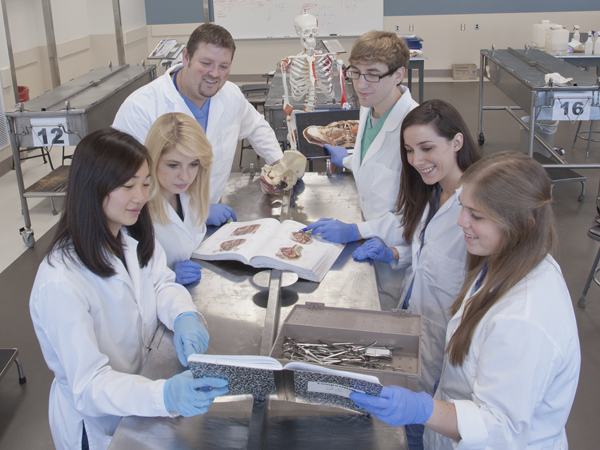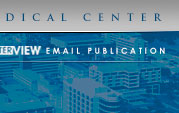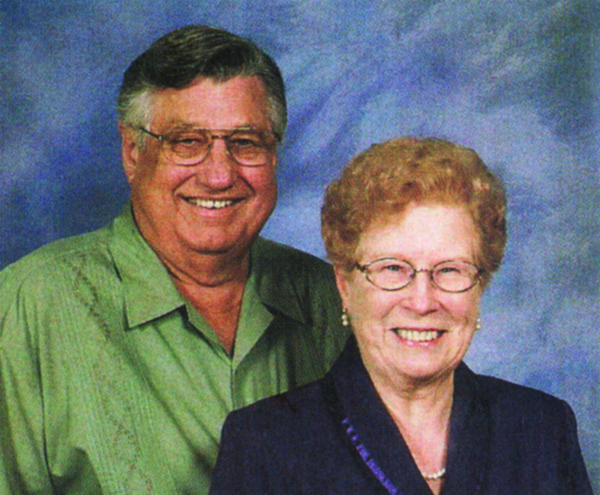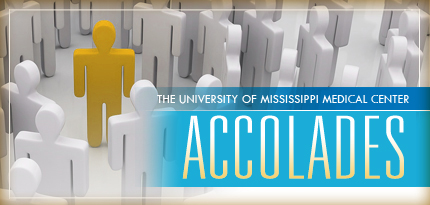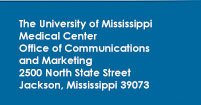|
During the six decades that the University of Mississippi Medical Center has been in business, only a select few of these have materialized. But as of December 2014, UMMC was awarded its latest U.S. patent, a coveted testament to years of work and the perseverance of one of its top researchers. Dr. Richard O’Callaghan, chair of microbiology, has been researching eye infections since the 1980s when he was a faculty member at Louisiana State University Health Sciences Center in New Orleans. Once he arrived at UMMC more than nine years ago, he continued his work looking into the damaging effects of Staphylococcus, a bacteria, and its threat to patients’ vision. Now O’Callaghan can hold in his hands the tangible evidence of his research: a U.S. patent for “Inhibitors of Alpha-toxin.” The inhibitors of these alpha toxins, damaging proteins secreted by Staphylococcus that wreak havoc on the eye’s tissue, come in the form of cholesterol bound to a sugar complex, said O’Callaghan. The cholesterol blocks the alpha-toxin action on cells, which renders them harmless. The impact of this patent is that it could lead to the creation of new treatments that can reduce the amount of eye tissue damage caused by Staphylococcus. “It can be used as eye drops to stop the toxin while antibiotic eye drops kill the bacteria,” O’Callaghan said. The next step in the process is getting a pharmaceutical company interested in the patented treatment, and then much later, human trials could be conducted. O’Callaghan’s patent marks the third awarded to UMMC during the last few years, and is one of more than a dozen received by the Medical Center throughout its entire existence. "As an academic medical center, the research conducted at UMMC ultimately aims to translate discoveries into outcomes that improve the health of our community, state, and beyond," said Leslie Musshafen, director of sponsored programs at the Office of Research. "Dr. O'Callaghan's research and resulting patent embodies this mission and is representative of the entrepreneurial and innovative spirit we intend to foster and grow in the future.” The new patent, for which O’Callaghan applied in May 2010, actually came together in a relatively quick time, he said, acknowledging that four years is less than many others have waited to receive a U.S. patent.
|

